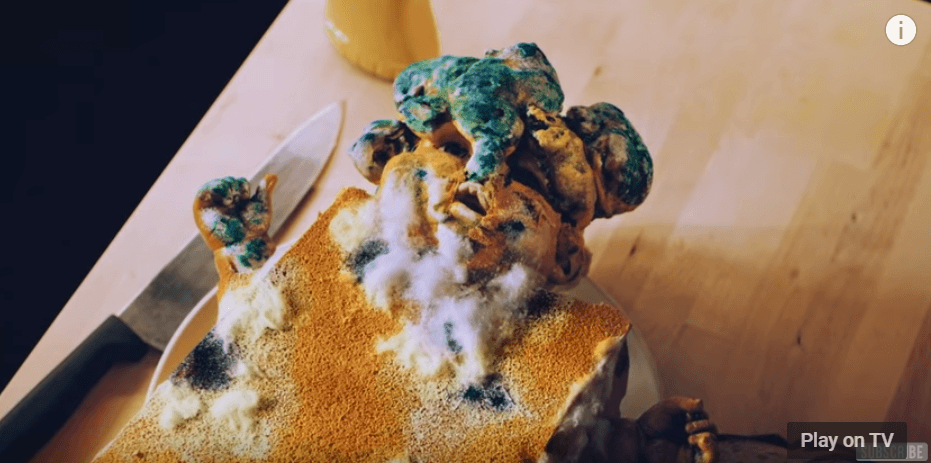The Great Plagues of Ancient Egypt are described in the Bible as being derived from the dust of the earth via various flying pests such as locusts, flies, and gnats. This dust could be turned into gnats and create a plague that affects both man and beast via their skin which breaks out in boils.
In the Scripture, the Phoenician (Hebrew) lawgiver and Levite Priest, Moses, tells his Brother Aaron to use his staff to strike the dust, causing a swarm of these critters to cause the Third Plague of Gnats;
“Then the LORD said to Moses, “Tell Aaron, ‘Stretch out your staff and strike the dust of the earth, that it may turn into swarms of gnats throughout the land of Egypt. This they did, and when Aaron stretched out his hand with his staff and struck the dust of the earth, gnats came upon man and beast. All the dust of the earth turned into gnats throughout the land of Egypt.”
When the Pharoah’s black magicians tried to produce gnats by their secret arts, they could not. The gnats were on people and animals everywhere. The magicians then said to Pharaoh, “This is truly the finger of God.”
Our modern world and science remind me of the current COVID pandemic (plague) and my main subject of study relating to molds/fungi and how they cause illness, disease, and fungus gnats. These fungus gnats live, eat, breed, and die on various fungi and are pests that cause a whole host of problems for humankind such as attacking our plants, crops, and food creating root rot and stem rot, and they also like human blood causing various diseases.
These fungus gnats are a major problem in Egypt today as I assume they were in the time of Moses. We learn from the Father of History, Herodotus who tells us the Ancient Egyptians had a big problem with gnats and they had used their fishing nets to protect themselves when they had slept. Herodotus had said;
“Against the gnats, which are very numerous, the Egyptians use the following means: the inhabitants of Upper Egypt protect themselves by turrets, in which they sleep: for the gnats are unable to rise to any considerable elevation. Those who live near the marshes take a net, with which they fish by day, spread it over their beds by night, and sleep beneath it; the gnats, which sting through clothes or linen, do not even try to penetrate through the net.”
What Herodotus and other historians had called gnats, over time and today, we have various non-authoritarian and ignorant authors adding their invented names and descriptions to the chaos.
For example, here in California, these biting gnats tend to attack humans outdoors in grassy or moist areas with sand, such as parks, ponds, golf courses, and the beach. Unfortunately, due to misinformation and various authors adding their own descriptions over the centuries, today, we ignorantly call them a whole host of different names such as black flies, bot flies, fruit flies, sand flies, sand gnats, shore flies, soldier flies, black kelp flies, buffalo flies, nuisance flies, no-see-ums, biting midges, punkies, and o’fives to name a few.
Here are some images of gnat bites causing sores and what we can call boils;
When we look to science, we are given a bunch of different Latin names further confusing the situation. Names like the ‘Sciaridae, which represents a large family of dark-winged fungus gnats. The different name changes these little gnats have gone through just in the past 50 years or so under the banner of science is staggering and disturbing.
As the University of Florida reports, “Sciaridae was formerly a subfamily in Mycetophilidae, and, for a short time, sciarids were called lycoriids (Lycoriidae). Many of the species formerly in genera Sciara and Neosciara are now in the genus Bradysia.
Kennedy (1974) reported on the significance of fungi in the survival and development of Bradysia impatiens, a fungus gnat found commonly in greenhouses of New York State. He reported that larvae of this species frequently feed on the root and stem tissue of many greenhouse plants. His experiments suggested that fungi provide an essential nutrient source for the larvae of B. impatiens, and that if fungi are in low supply in the immediate vicinity of a living plant, there is a tendency for the larvae to use the plant as an alternate food source.” (Kennedy MK. 1974. Survival and development of Bradysia impatiens (Diptera: Sciaridae) on fungal and nonfungal food sources. Annals of the Entomological Society of America 67: 745-749.)
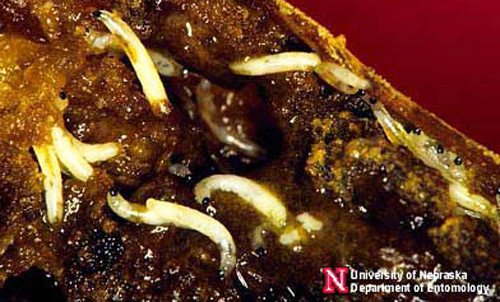
Darkwinged fungus gnat larvae feeding in rotten potato. Photograph by Jim Kalisch, University of Nebraska-Lincoln.
There are currently, approximately 1700 species that have been described, but an estimated 20,000 species are awaiting discovery, mainly in the tropics. More than 600 species are known from Europe. Sciaridae larvae are mainly found in soil and sand, where they feed mainly on fungi, decaying matter, and animal feces.
Going back to ancient history, the Judeo-Egyptian Philo of Alexandria describes the gnat as an insect, although of very small size, yet of a most troublesome nature; for it hurts not only the surface, causing intolerable and protracted itching, but penetrates also into the interior through the ears and nose. It flies even into the eyes of those who do not guard themselves, and produces serious pain.”
Theodoret of Cyrus, a 5th-century Byzantine Church theologian of the School of Antioch, and biblical commentator said that when Sapores besieged Nisibis, his horses and elephants were so fearfully tormented by the stings of innumerable gnats, that they broke their yokes in wild fury, and madly ran about in all directions. They are, chiefly in seasons of a cool atmosphere, a perfect plague, rendering both eating and sleeping almost impossible.
Saint Augustine says the gnats breed in slime which is an ancient word for fungi. Hence, they are fungus gnats and were aggressive when man tried to drive them away. He had said, “ The gnats in Egypt breed in the slime; they are very small flies, but most lively and versatile, not allowing men to rest; if they are scared off, they return with the greater eagerness.”
The statement above by Philo is interesting. He says, “but penetrates also into the interior through the ears and nose and even the eyes.” Today, we know there are several types of black gnats, or what some ignorant people call black flies that can burrow into the skin and bodies of humans. For example, the condition called Onchocerciasis is an infectious disease caused by what science calls black flies but are also fungus gnats that are found mainly in Africa that can cause blindness and permanent skin damage.
Here is a description from the CDC who calls these fungus gnats black flies;
An article in Nature describes this disease;
“Approximately 17 million people are still infected with O. volvulus, predominantly in Africa. Infections are chronic and manifest clinically as debilitating skin disease and—in 1.2 million people—vision impairment or blindness. First-stage larvae, known as microfilariae (L1/mf), are produced by fertile female worms residing within onchocercomata (nodules). They migrate to the skin and other organs (for example, the anterior chamber of the eye), where they induce inflammatory reactions that are responsible for most Onchocerca-related pathology.
Onchocerciasis was identified by the World Health Organization (WHO) as a potential candidate for disease elimination through annual (or semiannual) mass drug administration (MDA) of ivermectin, an approach that has eliminated onchocerciasis from all but two countries in the Americas.”
A 2021 study shows us just how these infections take over the body with the larva moving through our blood and skin like it is their own personal highway and just how macabre these gnat infections are;
“At any given time, millions of microfilariae are moving through subcutaneous tissues and, to a lesser extent, the lymphatic system of an affected patient. During a subsequent blood meal, these L1 forms are ingested by a biting fly. They then transform over 1 to 3 weeks first by migrating from the gut into the thoracic flight muscles as an L2 larval stage. From here, they develop into an infective L3 larval stage and migrate into the salivary gland for subsequent transmission during the next blood meal. Once in the human body, the injected larvae transform into the L4 stage from where they mature in about one year.”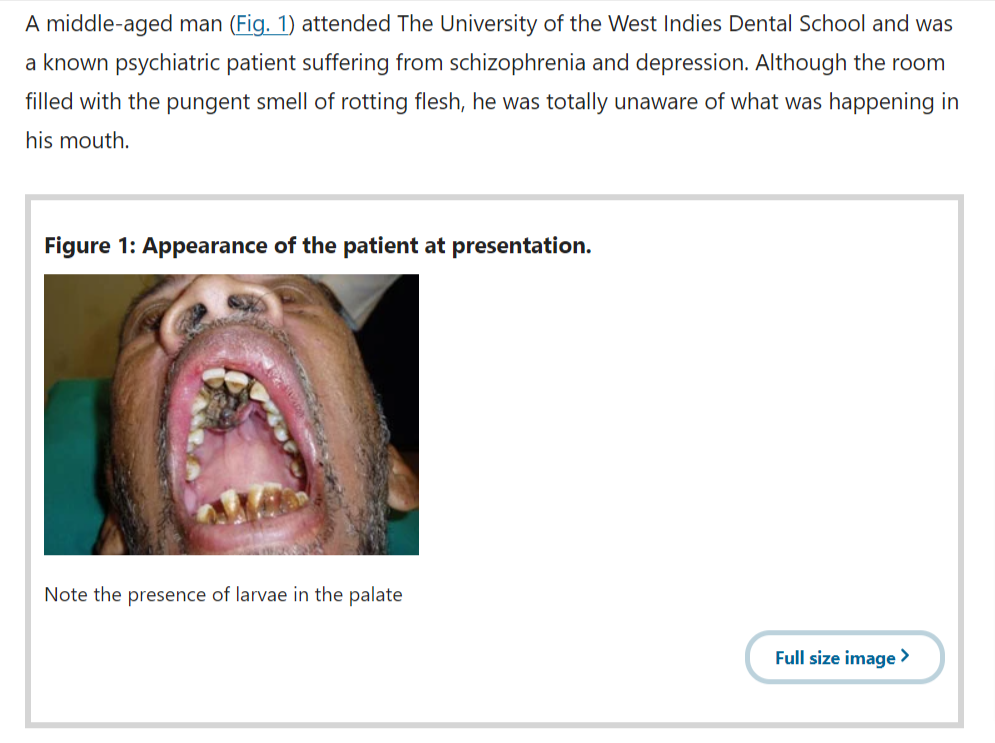
In regards to the Scripture and Third Plague, the 19th century German theologian and author, Ernst Wilhelm Hengstenberg connects the word “kinnim to gnats.” Hengstenberg had written;
“As respects the third plague, it is now generally agreed, that by day, kinnim, gnats are meant. These are, even in ordinary years, very troublesome in Egypt. Herodotus,’ as early as his time, speaks of the great trouble which the gnats cause, and of the precautions which are taken to guard against them. The passages in modern travellers are collected in Oedmann, according to the testimony of Maillet and Pococke, they often darken the air in Cairo,-in Hartmann, and last in Eichhorn.4 Hartmann comprises the results in the following words :
“All travellers speak of these gnats as an ordinary plague of the country. In cool weather they are especially bold.
They pursue the men, prevent them from eating, disturb their sleep, and cause swellings which are sensibly painful. What Sonnini’ says of these gnats, in his account of his abode in Rosetta, is of peculiar interest; “It is asserted that the multitude of gnats, with which the streets and the inside of the houses were then filled, owe their origin to this employment (the drying of rice about the end of October.)
Indeed, there are fewer of them at other times. After the rice harvest, they go forth in multitudes from the overflowed fields in which the preceding generation laid their eggs. They come to trouble men, they make wounds, in order to suck their blood, not less burning than those of the Maringonins of South America.” (Egypt and the Books of Moses: Or the Books of Egypt By Ernst Wilhelm Hengstenberg)
As you can see, in the ancient past, we simply called them black gnats as many historians and philosophers had testified but today you will find them under a plethora of different names as I have described in this essay. The word kinnim that Hengstenberg mentions is the word found in the Bible to represent gnats and maggots which is also variously spelled as kennem, chinnim, kanem, etc. This word is also falsely said to represent lice, which history and my evidence proves is either wrong or simply a lie to misdirect people.
The Strong’s Concordance translates ken as gnats.
Here are some more examples just prove my fungus gnat point;
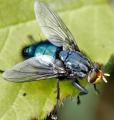
Cynomya mortuorum (m…

Rhagio cf. rondanii …

Rhagio cf. rondanii …

Rhagio cf. rondanii …
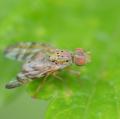
Chaetorellia jaceae …
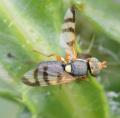
Urophora solstitiali…
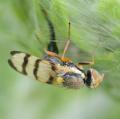
Urophora solstitiali…
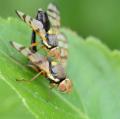
Urophora solstitiali…
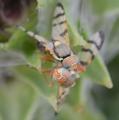
Urophora solstitiali…
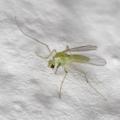
Tanytarsini (female)…
I have seen these fungus gnats myself swarming around and in rotting sea kelp and have been attacked with my family. Yes, they have bitten my wife, kids, and myself and they leave marks like mini boils, and they hurt like heck! So we do our best not to go near the rotting kelp, and the first thing I do when I see this rotting kelp is to bury it in the sand.
This type of gnat is known as the Coelopa frigida is a species of seaweed fly or kelp fly. It is the most widely distributed species of seaweed fly. It can be found on most shorelines in the temperate Northern Hemisphere. C. frigida need a constant supply of algae to feed and lay their eggs. Thus, coastal beaches with stranded seaweed are their preferred environment. The adults detect the scent of the seaweed and lie their eggs in the decaying algae. The seaweed’s particular environment allows the eggs to hatch, and the larvae begin to burrow into the seaweed.
The University of Massachusetts explains;
Fungus gnats and shore flies are attracted to damp locations where fungi are apt to flourish. Fungi are a major part of their diet. Studies have shown that fungus gnats develop more rapidly and have greater survival on fungal diets. In the absence of a fungal food source however, fungus gnats are capable of feeding on healthy plant tissue. Fungus gnats are general feeders and can injure a number of flower crops grown in the greenhouse. Adults are primarily a nuisance however, larvae feed on plant roots, fungi and decaying organic matter and tunnel into the crown and stems of plants. The feeding damage creates wounds that allow soilborne pathogens to enter and can kill plants.
The Scripture tells us of a sixth plague was more personal than the previous plagues. Soot was said be a black particulate matter formed as a by-product of wood combustion in the Egyptian kilns, but something tells me it is just black molds (fungi).
According to the biblical text, “then the LORD said to Moses and Aaron: ‘Take for yourselves handfuls of soot from a kiln, and let Moses throw it toward the sky in the sight of Pharaoh. It will become fine dust over all the land of Egypt, and will become boils breaking out with sores on man and beast through all the land of Egypt’. So they took soot from a kiln, and stood before Pharaoh; and Moses threw it toward the sky, and it became boils breaking out with sores on man and beast. The magicians could not stand before Moses because of the boils that were on them and on all the Egyptians” (Exodus 9:8-11).
To be continued…

Moe is the founder of GnosticWarrior.com. He is a father, husband, author, martial arts black belt, and an expert in Gnosticism, the occult, and esotericism.

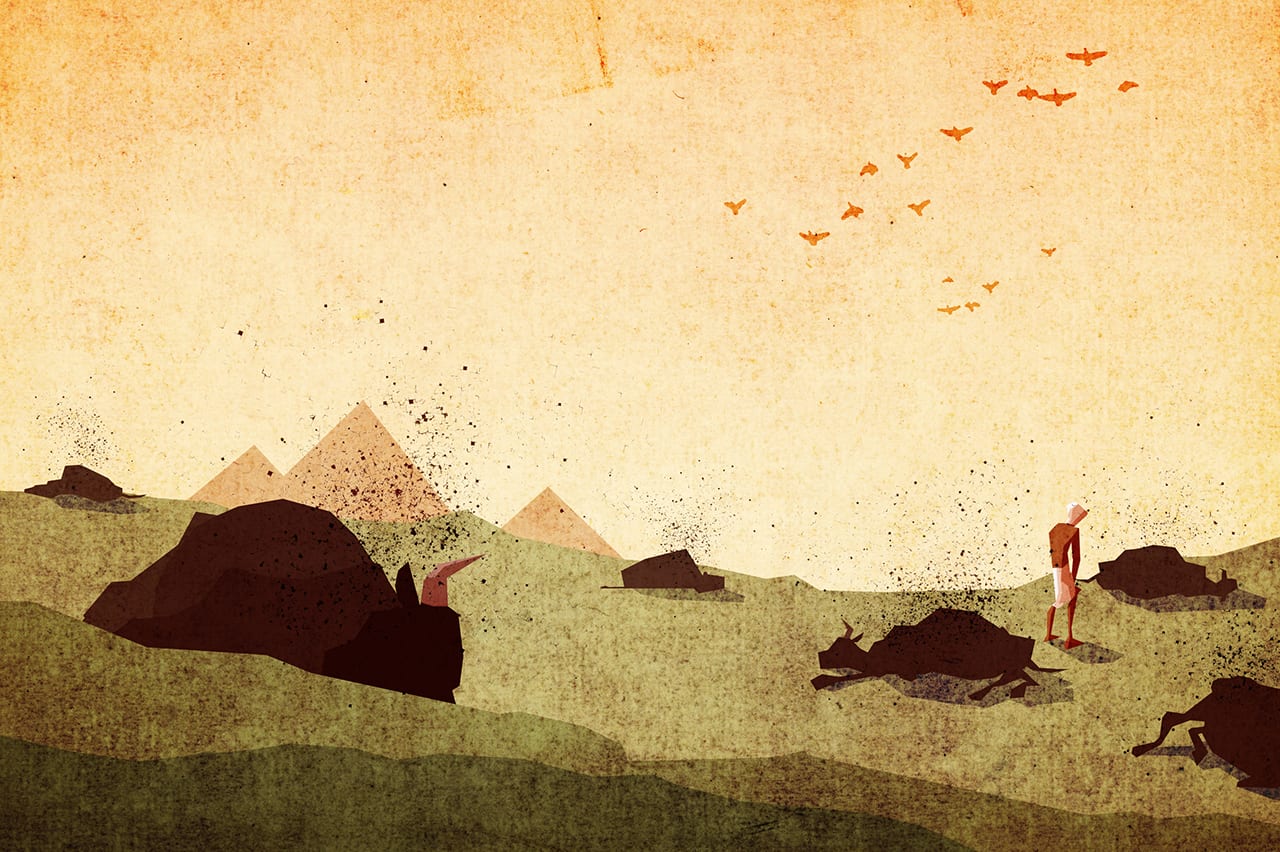
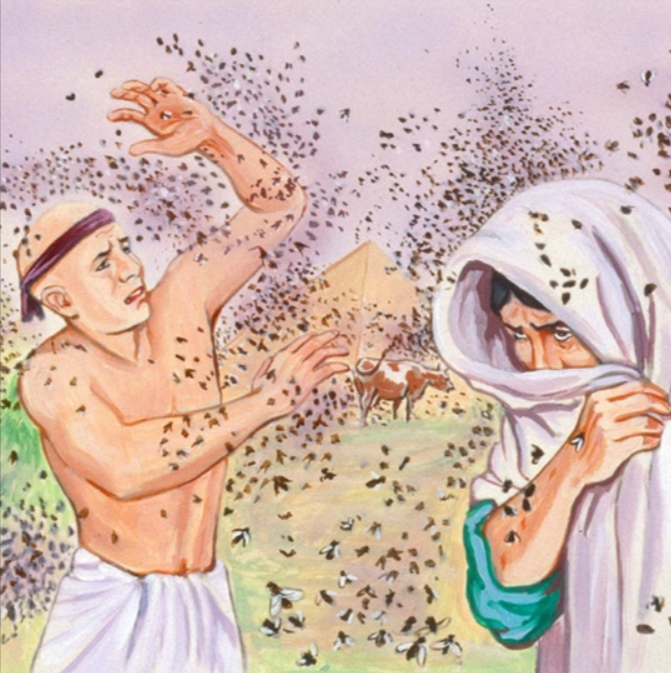

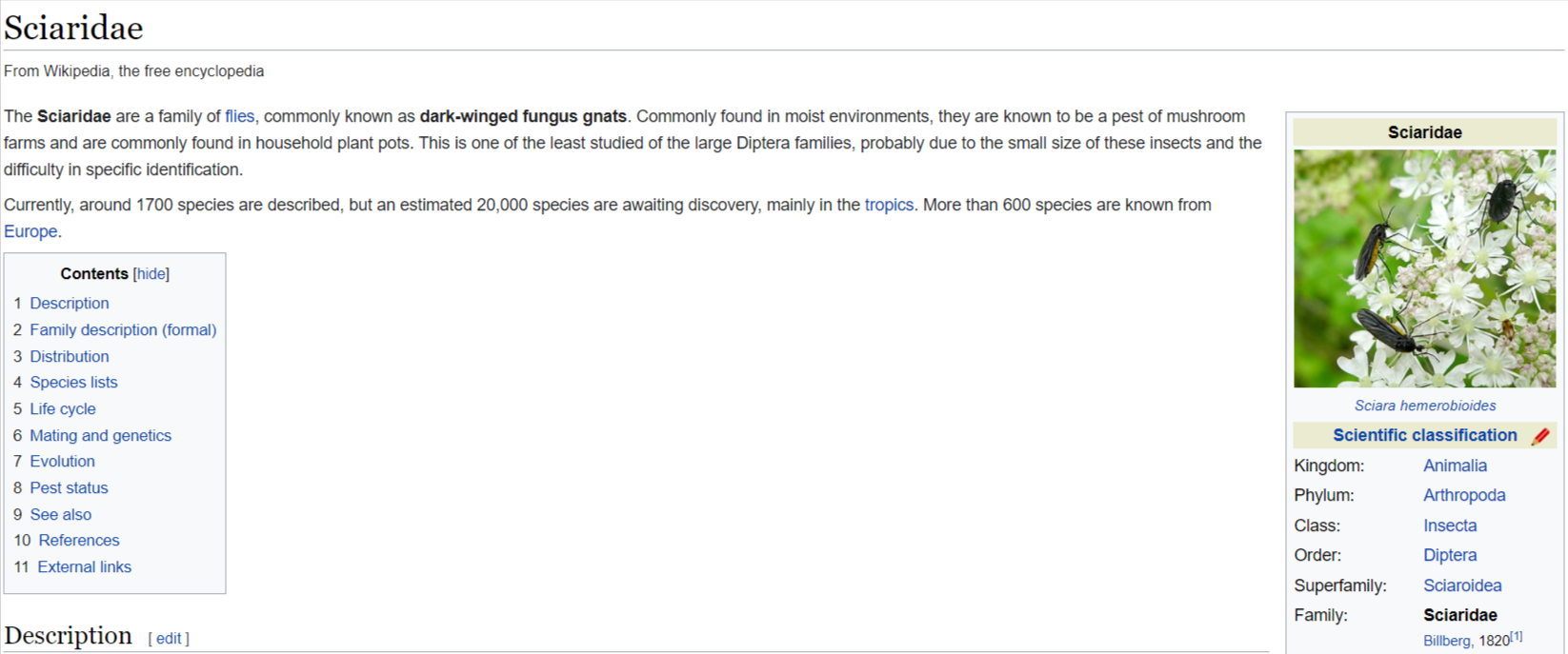
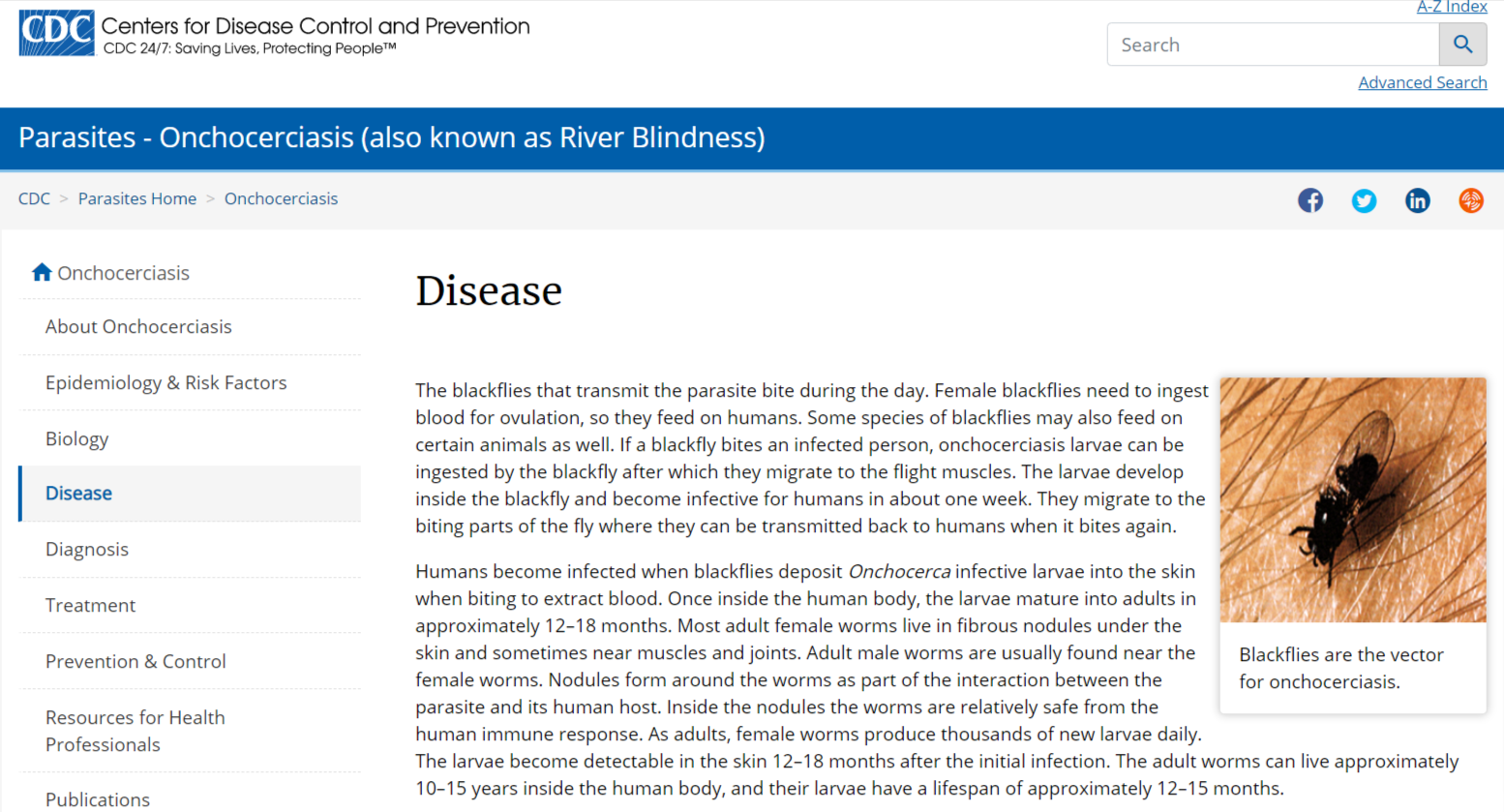
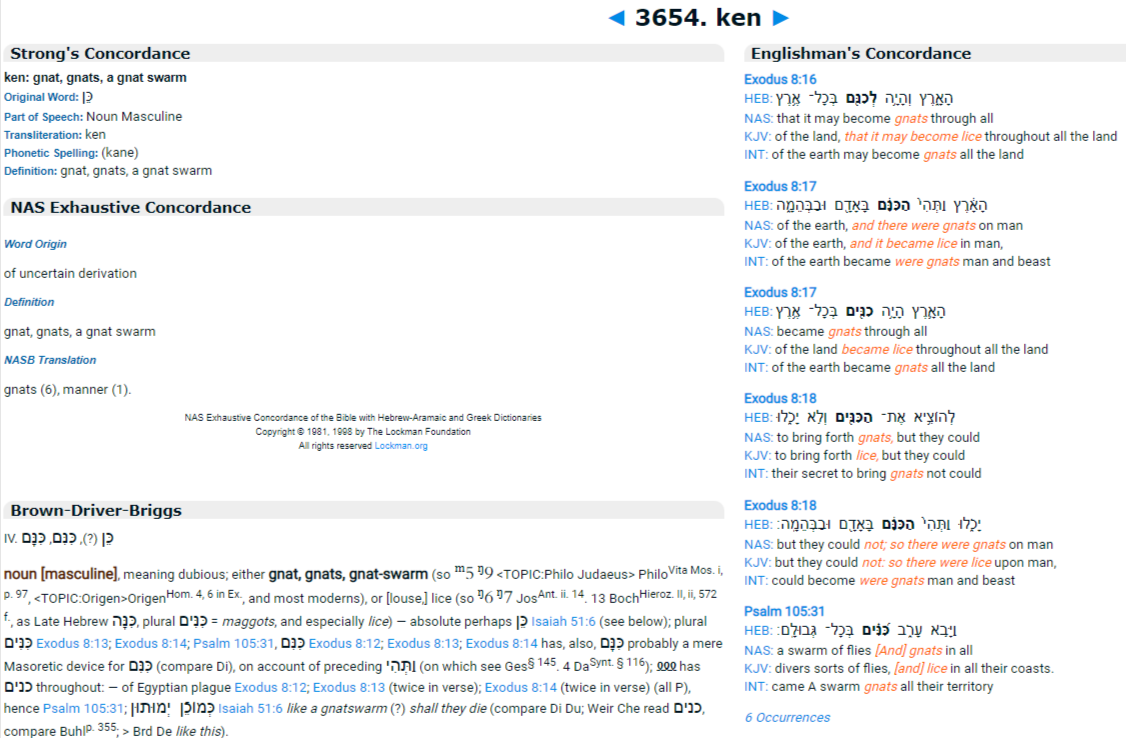


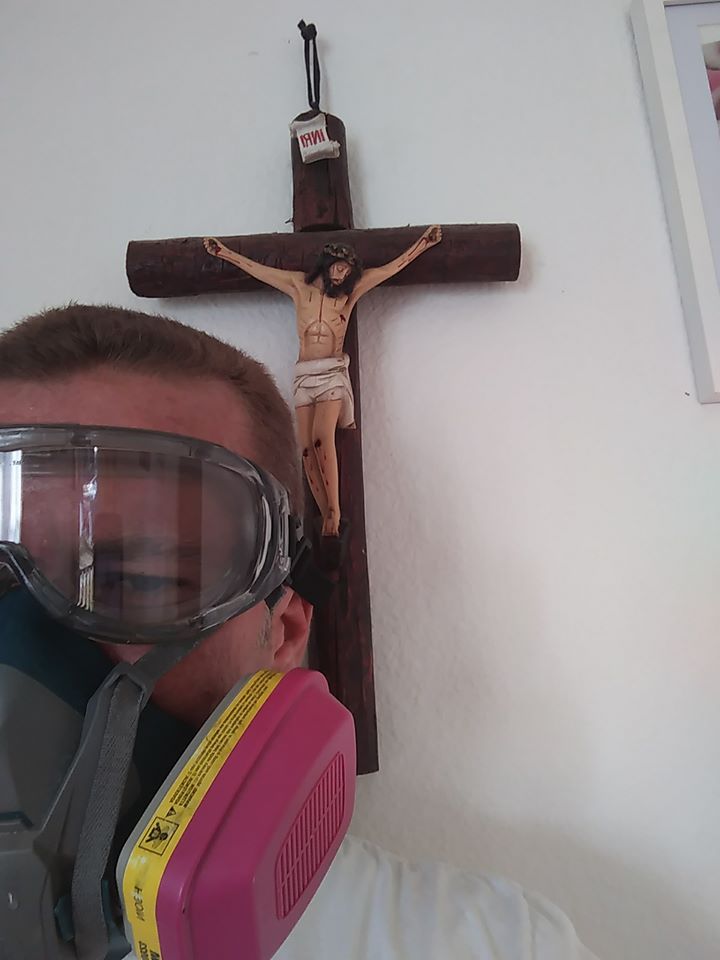



![How the holy man, Egbert, would have gone into Germany to preach, but could not; and how Wictbert went, but because he availed nothing, returned into Ireland, whence he came [Circ. 688 A.D.] | Book 5 | Chapter 8 How the holy man, Egbert, would have gone into Germany to preach, but could not; and how Wictbert went, but because he availed nothing, returned into Ireland, whence he came [Circ. 688 A.D.] | Book 5 | Chapter 8](https://www.gnosticwarrior.com/wp-content/plugins/contextual-related-posts/default.png)
